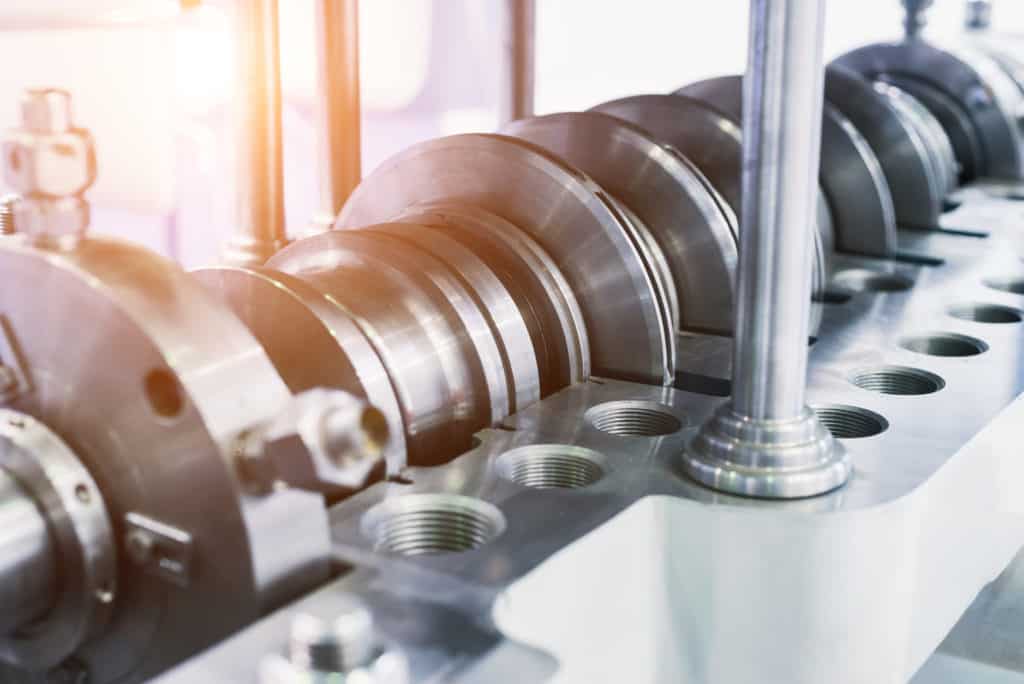Cavitation is a serious concern for pump operators. It occurs when miscalibration or other problems cause the formation and subsequent implosion of vapor bubbles within a pump. Cavitation can happen anywhere the pressure of a process liquid falls below it’s ideal vapor pressure.
Why is Cavitation a Problem?
When cavitation occurs, it can do serious damage to the pump—especially the longer you let it go on unrepaired. It will increase pump noise and vibrations. It can also erode the impeller and drastically affect the pump’s performance and efficiency. In some cases, the mechanical seals and bearings can be damaged as a result of surging. Basically, the formation of these vapor bubbles through cavitation is just the beginning of a dangerous snowball effect that can completely destroy a pump.
In centrifugal pumps, cavitation happens most often in the pump inlet near the eye of the impeller. Cavitation means that the local pressure is dropping below the vapor pressure of the fluid. In other words, the NPSH margin is insufficient. These vapor bubbles then collapse suddenly and violently as they enter the higher pressure region alongside the impeller vanes.
Cavitation Solutions
The good news is that pump impeller cavitation can be remedied and solved—at least to some extent. The solution mainly comes down to finding a proper material that is designed to handle the harsh environments and withstand high pressures. For examples, impellers made of 300-series stainless steel will hold up better than those made of cast iron. Other factors like chrome content can also make a difference.
Unfortunately, not all metal alloys are cost-effective solutions to prevent cavitation. For many applications, a specialized material that is both easy to use and readily available can provide a cost-effective alternative to metal alloy components. CR fluid is one example of such a material.
CR fluid is comprised of elastomers that can bond with just about any substrate, including steel. When applied correctly, adhesion strengths of beyond 3,200 kg/m2 can be achieved with CR fluid. This allows the material to withstand full immersion and helps prevent cavitation.
Cavitation Prevention and Monitoring
The causes and solutions of pump cavitation must be examined on a case-by-case basis. There is no one universal way to eradicate cavitation, but it must always be monitored. At the first sign of cavitation in any equipment, you will want to take action to resolve the issue. Otherwise, you risk major damage to the equipment as the initial cavitation gets worse over time.
To learn more about pump cavitation and for help in developing a maintenance plan or custom pump configuration to handle your specific application, contact Cortech today. We can help you get the most out of your pumps and systems.
- Burlingame Engineers
- Cortech Engineering
- Turbo Machinery
- Turbo Machinery
- Burlingame Engineers
- Cortech Engineering

